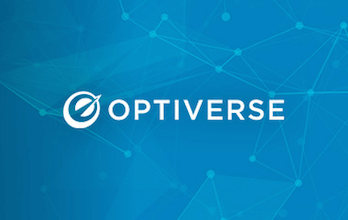
Download our FREE Testing Toolkit for A/B testing ideas, planning worksheets, presentation templates, and more!
Get It NowDecision Fatigue
What is Decision Fatigue?
Decision fatigue is when the mind becomes fatigued after a sustained period of decision making. Making decisions is a cognitively taxing process, and decision making ability declines after long sequences of decisions.
Why Is It Important to Think About Decision Fatigue?
It is important to consider decision fatigue when designing your website or mobile app, because users only have a limited amount of cognitive bandwidth, and presenting them with too many decisions and options can cause them to become overwhelmed.
Presenting users with too many choices at once can lead them to take the cognitively easy route and not make any decisions at all, leaving your site entirely.
It is always a good practice to limit the number of actions a user can take at any given point in the user flow and make the navigation process as frictionless as possible. The temptation for website owners is often to throw everything that a user could possibly want onto their homepage, but a strong web design requires restraint and thoughtful selection.
What Causes Decision Fatigue?
Decision fatigue is caused by being forced to make too many decisions over a fixed period of time.
When users begin a decision-making process, they start by weighing their choices carefully. Over a period of time, their mental energies become sapped from the effort spent weighing all the various trade-offs.
Once their mental energy is depleted, users are reluctant to engage in the thinking that requires them to make these trade-offs due to the cognitive effort their brain must exert.
Users with decision fatigue become ‘cognitive misers,’ hoarding their energy and effectively shutting down their capacities. They end up taking the path of least resistance, which is sometimes a complete shutdown, resulting in no choice.
Decision fatigue is linked to the ‘paradox of choice,’ made famous by the Columbia University’s research project on jam samples which showed that more choices don’t lead to a higher conversion rate. In fact, people overwhelmed by too many choices can end up making no choice at all.
When 6 flavors of jam were available, 30% of those who tasted samples made a purchase. When 24 flavors of jam samples were made available to shoppers, only 3% who tasted the jam samples went on to make a purchase.
How To Avoid Decision Fatigue
The best way to avoid decision fatigue in your users is to minimize the number of decisions they need to make or to space them out strategically throughout their path.
When designing your website or app, make sure to design your customer path with as few choices as possible – moving the customer down the path towards one conversion goal and one call to action.
In addition to reducing the choices available, marketers can also make default choices for their consumers, for example selecting more expensive add-ons, subtly nudging them towards spending more.
By making decisions for your users, you free up their energy and attention to complete their desired objectives of your site, leading to higher conversions.
Ready to learn more?

Get your copy of the testing toolkit.
Use the testing toolkit to start or scale your testing program.

Want to stay ahead of the competition?
Help your organization master one of the four key initiatives covered in this webinar series.

Join the community.
Meet Optiverse — a place to explore, learn, and connect around experience optimization.